A simple recipe for homemade bar dish soap that gets your dishes sparkling clean. One of the most practical cold process soap recipes this bar combines the cleansing power of coconut oil with the lathering of castor oil. With just a few ingredients, it’s a great money-saving home DIY. Add lemon fragrance for a fresh scent.

Homemade Bar Dish Soap
Ingredients
- 1 ounce castor oil
- 29 ounces coconut oil
- 5.41 ounces lye
- 8 to 11 ounces water
- 1 tablespoon fragrance oil optional
Save This Recipe
You'll join my email list which you will love. And if you don't, unsubscribe in one click. ❤️
Instructions
- Make the lye water. Measure the lye and water in separate containers, using a digital scale. Combine the lye and water by adding the lye to the water, then stir until dissolved. The lye solution will shoot up in temperature and become hot. Set aside to cool in a safe place.
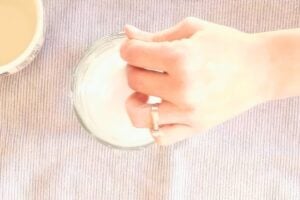
- Melt the oils. Measure the castor oil and coconut oil using a digital scale. Melt over low heat in a stainless steel pot until fully melted and 140 degrees. Set aside to cool in a safe place.

- Blend the components. When the lye water and melted oils have cooled to about 110 degrees, combine them by pouring the lye water into the melted oils. Blend with a stick blender until a thin trace is reached. (The mixture will thicken slightly and no droplets of oil are visible.) Add the fragrance, if using, and stir in by hand.

- Pour into mold. Immediately pour into a soap mold with individual bars. (The soap dries too hard to cut easily if made as a loaf). Remove from the molds after 24 hours and allow to cure 2 weeks more before using. Store the bar in a place that will allow it to dry as much as possible between uses.

Video
Notes
- 96.67% coconut oil
- 3.33% castor oil
- 1% superfat
Cheap but works just as well. Whether you are trying to live sustainably or live frugally, this bar dish soap will help you get there. Store-bought dish soap is shockingly expensive and always comes in big plastic containers. But bar dish soap takes up hardly any room, is packaging-free, and works just as well.
Very cleansing. This recipe is almost all coconut oil, which is very cleansing but drying. I added a small amount of castor oil for extra lather because everyone likes bubbles while washing the dishes. (For an even stronger soap, for use on laundry stains, you can try my homemade cleaning soap.)
You can add a fragrance of your choice. If you want to add fragrance, you definitely can! Just keep in mind that this will be touching plates, where you eat your food. Because of that, I chose to use orange oil instead of a synthetic fragrance oil. If you want to use essential oil, make sure you look for one that won’t fade as the soap cures. (10x orange is a good one.)
It is calculated to be a 1% superfat. This just means that there is very little extra moisture left over from the oils. They are almost all saponified or turned into soap.
Because of the low superfat and high amount of coconut oil, this soap is not suitable for the skin. But it leaves dishes sparkling clean! (Here is my best shower soap recipe.)

Equipment
Proctor Silex Electric Immersion Hand Blender with Detachable Dishwasher Safe Handheld Blending Stick, 2-Speeds, 150 Watts, White (59739)X-Haibei Celtic Knot Design Rectangle Silicone Glossy Soap Mold Heavy Big Soap Bar MakingNOW Essential Oils, Lemon Oil, Cheerful Aromatherapy Scent, Cold Pressed, 100% Pure, Vegan, Child Resistant Cap, 4-OunceSnowkingdom 4 Pack Beige Soap Saver Draining Lift Pad 2.9
- Stick blender
- Digital scale (I use this one with a percentage function)
- Spare cups and a spare pot
- Safety goggles and gloves
- Individual bar soap mold (I used two of these bar soap molds)
Substitutions
- Olive Oil: If you prefer a milder soap, you can substitute some of the coconut oil with olive oil in your soap recipe.
- Citric Acid: To help with hard water issues, you can add a small amount of citric acid to your soap mixture.
- Baking Soda: For added scrubbing power, consider sprinkling a bit of baking soda on your dishes before washing.
Instructions
Step One: Measuring and Combining Ingredients
Begin by measuring out the lye and water separately, using a digital scale. Combine them by adding the lye to the water (“snow floats on the lake”). Stir until the lye fully dissolves, and set aside in a safe place.

While the lye water is cooling, measure out the coconut oil and castor oil on the scale. They should technically be measured separately, but I just add them right to the pot I am melting them in.
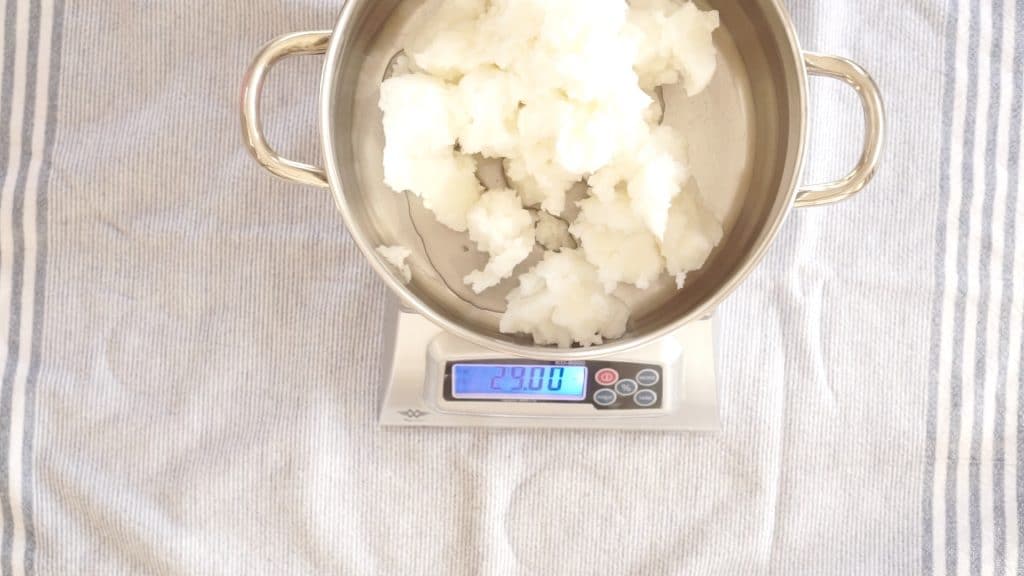
Step Two: Melt Oils and Let Them Cool
Set the oils on the stove to melt on low, until they are fully melted and 140 degrees.

Now you need to wait for everything to cool down. This will take two to three hours. Both components should be about 100-110 degrees before you blend them. Ideally, they will be close in temperature, less than ten degrees apart.
Step Three: Blend
To blend, pour the lye water into the pot with the melted oils. Blend with your stick blender until a light trace is formed. That means that the blender leaves a trail (or “trace”) when it is dragged through the batter. You shouldn’t see any visible droplets of oil. It usually takes about 5 minutes of blending.
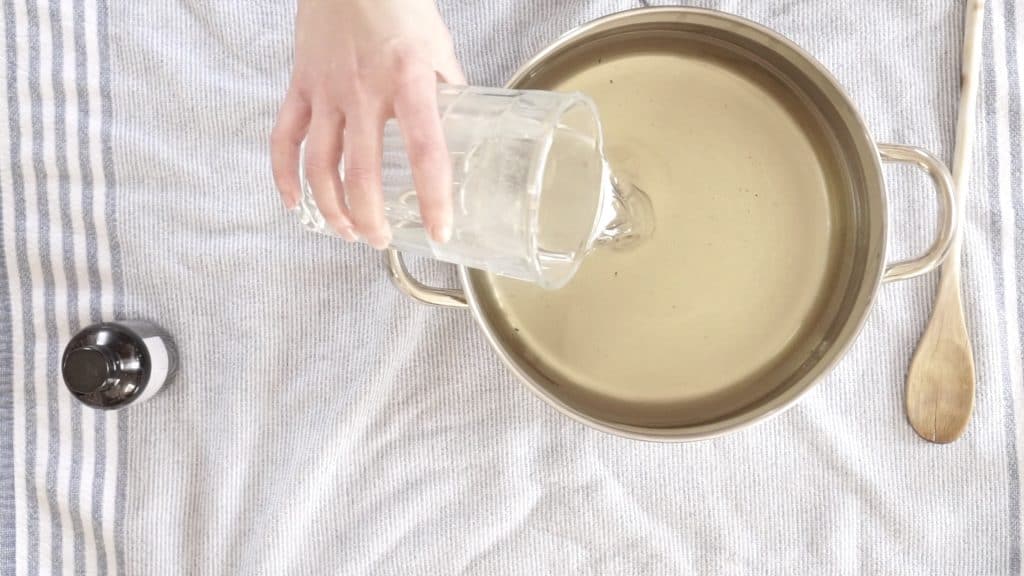
It will look like this:

If you are adding fragrance, go ahead and do it now and stir it in by hand.
Step Four: Mold
Immediately pour into your soap molds and allow to harden for 24 hours before removing from the mold.

Let it cure for two weeks before using, otherwise it will dissolve too quickly.
FAQs
No. If it does not contain lye, it is not soap.
Some fragrances and essential oils last longer than others. You can try a bit of kaolin clay to help the fragrance stick. In general, a designated soap fragrance oil will last longer than essential oil.
As long the recipe is accurate, you can certainly double it!
Yes! Any store-bought cold-process soap is quite expensive.
Yes, you can use different essential oils in your dish soap recipe. Citrus oils like lemon essential oil are a good choice for a fresh scent.
If you notice excess water in your soap batter, continue blending until it reaches the right consistency. This can take a couple of days to fully dry and cure.
Using homemade solid bar dish soap helps reduce the use of wasteful plastic bottles commonly found in liquid soap.
Making your own homemade bar dish soap is a simple and effective way to clean your dishes while saving money and reducing plastic waste. With just a few ingredients and some basic equipment, you can create a soap that works just as well as store-bought options. Plus, you have the flexibility to customize the fragrance and ingredients to your preference. Give this recipe a try, and enjoy the benefits of a natural, eco-friendly dish soap in your kitchen. Happy soap-making!










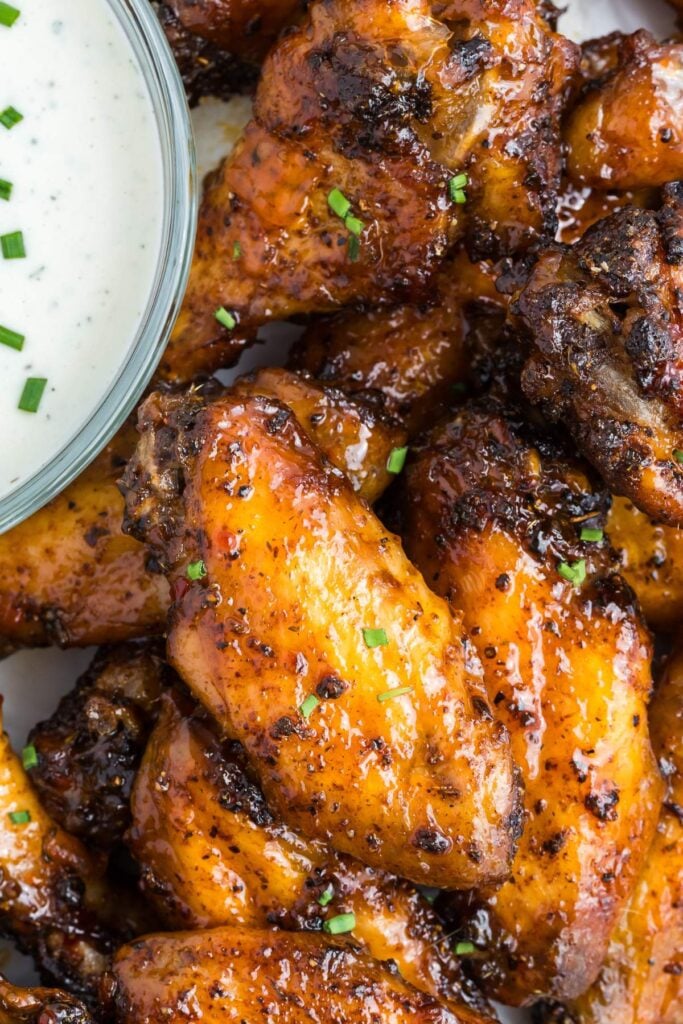
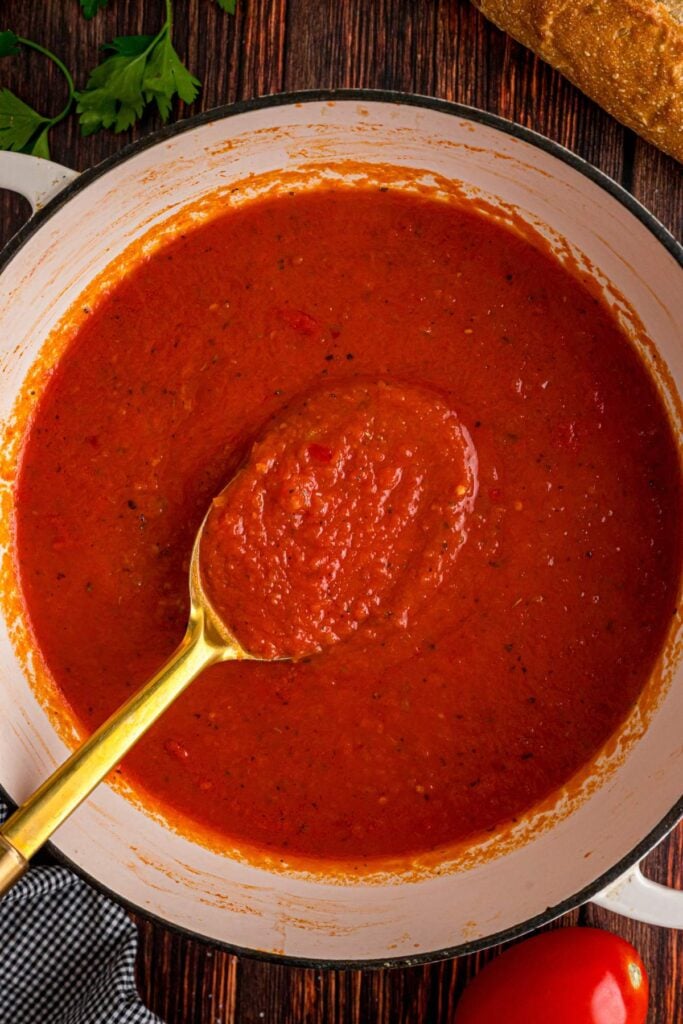
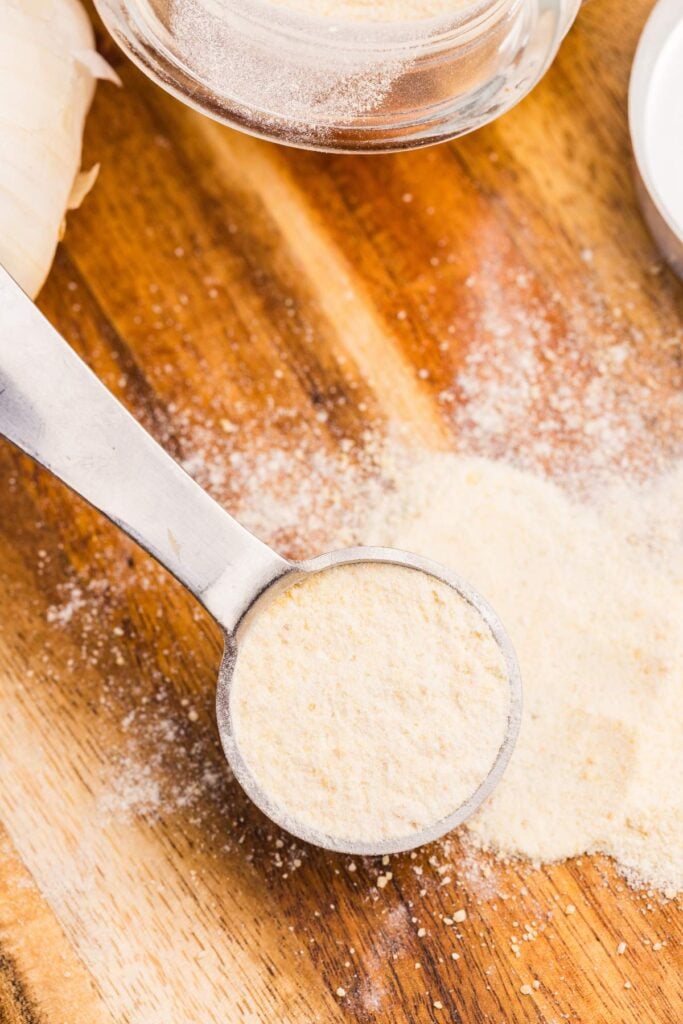
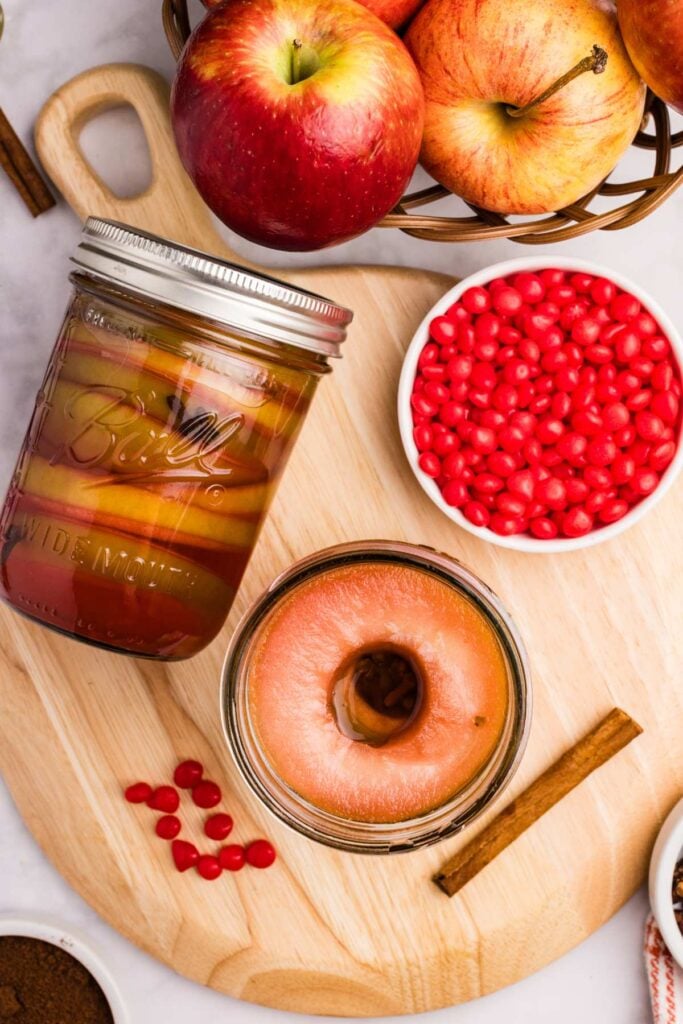
Hello Katie,
I am giving gifts of crocheted kitchen scrubbies for Christmas and I have been thinking it would be nice to have a small bar of soap inside. Will this recipe work to make those and add it inside between two?
yes that would be. a lovely gift!
Thanks for the recipe. After several days all of my soaps cracked, pretty well right through. Any ideas why? I weighed all ingredients accurately. The essential oil I added was 15mL of lemon myrtle essential oil.
I used a silicone muffin mould and popped them out the next day. There were no cracks at that time.
I am still able to use them for dishes and am really happy with them. Just an aesthetic thing I guess. I’d be interested in your thoughts before I try again 🙂
Thanks again 🙂
hi monique! my guess is that the essential oil caused it to overhead. and crack OR. it was in a warmer place than the second batch. try popping them in the freezer next time right after you pour 🙂
Thanks, I’ll try that! 🙂
Hi! Can I use potassium hydroxide instead of lye in order to make liquid soap?
If not, can I melt it in water and use it with a dispenser?
There is a different lye used for liquid soap and you’ll need a recipe specifically for that. I’ve tried diluting with water and it works
Okay but the lather is not great
Hi!
I’m so excited to try this! I’m a complete beginner and also incredibly impatient and a perfectionist haha, I want to do everything perfectly the first time.
No pressure here, ha ha..
Anyway.. I have this idea to make the soap look like marble.. Do you know if there is anything that I can use as a black/gray colorant which wouldn’t stain the dishes? And if there’s something I should think about as to not make the whole mixture a solid gray?
I’d really appreciate you help and advice.
Thank you!
Hi Lea: yes you can do a swirl that will look like marble. Look up the technique “hanger swirl”. What you’ll do is divide the batter into 2 parts, and color one gray. You could leave the other plain or add titanium dioxide to whiten it further. Then you add the white to the mold, pour in the gray in certain areas, and blend with a skewer. The trick is having the batter thick enough that it doesn’t become one color. (But not too thick!) This is a more advanced technique than just a simple one-color soap, but you can certainly try! Look at nurturesoap.com for a black or gray mica.
Thank you so much for the recipe. This is the first bar of soap I have ever made! I was wondering, my soap has been curing for about 5 days now and it is firm but still I can push into it and make a dent. Is this ok at this stage? Or should it be more firm by now? After it has cured for 2 weeks will it be so firm that I can’t push into it?
Thank you!
Hi alanna… mine is usually really firm pretty soon! i would give it a few more weeks to cure.
Ok thank you!
Hi Katie!
It has hardened up a lot more now thank you for the guidance. It is such a great bar of soap! I was wondering if it would be possible to infuse the coconut oil first with orange peel to extract it’s oil and then use the orange infused oil for it’s properties i.e. smell etc? Would this effect the recipe if I did this? I am living in Nepal and essential oil is expensive here so would be great to use a waste product (peel) if possible 🙂
Alanna you can absolutely do this! it works best with liquid oils though and it takes a long time, like months.. there is a book about making infusions with herbs and fruits that you might like that has a lot of projects like this: https://amzn.to/2OmT6YN
Love it! Made our first batch and it turned out great!
I was wondering if this recipe is possible to do in a loaf mould? We did however and it seems to crack in the center, from what I understand it’s from overheating. Do you have any ideas on how to avoid this? Or are there any modifications we should make to the recipe to prevent this? I also read putting them in the fridge or freezer right after they’re poured might help. Any advice would be much appreciated!
Yes, you absolutely can pop it in the fridge or freezer and that will help! (Just be aware its also hard to cut because it dries so hard) 🙂
Hi Katie! Thanks for the recipe! I really love the idea of dish soap bars and have tried some commercial ones. The only drawback for me is having to chase the bar around the sink with my brush. I’m a potter, so my solution is to make small dishes into which I am planning to pour the soap to solidify and cure. I want to use it straight out of the dish. I’m planning to give these soap-filled dishes as gifts and wonder if you a can recommend dish soap a recipe I could make and send to recipients so they could melt and pour refills. Thanks for any advice!
hi Jenifer, typically any cold process soap doesn’t melt all great a second time; you’d have to do something called a rebatch and it can get lumpy. can you just send them little filled dishes with a scrub brush?
Does it matter what kind of water I use? How much does this recipe make?
any water is fine. I use tap water. it makes 12 bars using the molds I use. the total ounces varies a bit depending on how much water you use.
Hi thank you for this recipe! I have been looking for a dish soap recipe for a while and I can’t wait to try yours. I haven’t made soap in a long time so I’m sure this is a silly question but do I have to have a designated stick blender and pot for soap making or can I just use my same one that I use for cooking and clean well after? Thanks
Sasha, yes you should have separate 🙂
What kind of lye are you using? The link is no longer working. Thanks.
hi Amanda, sorry about that! Lately I’ve been using a kind that comes in micro-beads. its a little easier to pour and measure. here’s a link: https://amzn.to/3f0i3SV
Hi I love your recipe however I think I need the percentage of lye to calculate it on Soapcal please 🙂
this recipe is 1% superfat
Hello! Perhaps a silly question from someone who has only made soap once, but why do you give a range of ounces of water to be used? Should I just split the difference and use 9.5 oz water? Thanks 🙂
not a silly question at all! so, yes I would recommend aiming towards the middle. less water will come to trace faster AND will cure and harden faster. it’s just personal preference. :).
is there a shelf life on the dish soap? im planning to make a simple soap recipe with no essential oils
Mackenzie, it will last AT LEAST a year in my experience. I just haven’t kept it longer than that so I can’t say for sure. But I think it would be fine for up to a couple years!
I tried out this recipe. It is perfect.
I’ve made this twice. The first time it came to trace pretty quickly. This time, it’s close but not there. How long do you work at it? Can it be saved? I’m very careful in measuring. ???????
hi Nancy! hmmmm. usually a difference in how long something is tracing has to do with the temperature of your oils or your room. if it’s traced, even if its very very thin, I would just pour into the molds and see how it does.
Hating plastic and all the waste! Thanks for the recipe.
How do you use it for a sinkful of dishes? Grate it and add to water? Saturate cloth with it?
I save my scraps and drop one in! Or I just hold it under running water.
I have some dish soap that I have used. Small pieces bad scraps that I can’t really use that well. Can I simply melt them in a pot and pour into the molds to make a new bar of soap?
Brian, you can either save them and snap off a piece for throwing in the water when you’re soaking dishes or you can try to melt and re-pour. it comes out a bit lumpy. but if the appearance doesn’t matter much to you, it works!
Hello,
Can we make soap without lye..
Can we make from melt and pour method?
yes of course you can do melt and pour! look for a 100% coconut oil soap base and add lemon essential oil.
To answer your first question, no you can not make real soap without lye. Melt and pour soap have already undergone the saponification(chemical reaction of lye and oil) process.
Hi have you tried adding vinegar or baking soda to the recipe to improve its cleaning power?
Would love to add vinegar and baking soda to a recipe…Do you have one you like?
ladies I’d recommend getting soap flakes and mixing them with vinegar and baking soda. you can’t add them to a lye soap recipe because will react strangely. but they’d be great mixed with an already-made soap
I have a lot of body shower how do I turn it into bars of soap?
I don’t think you can, sorry!